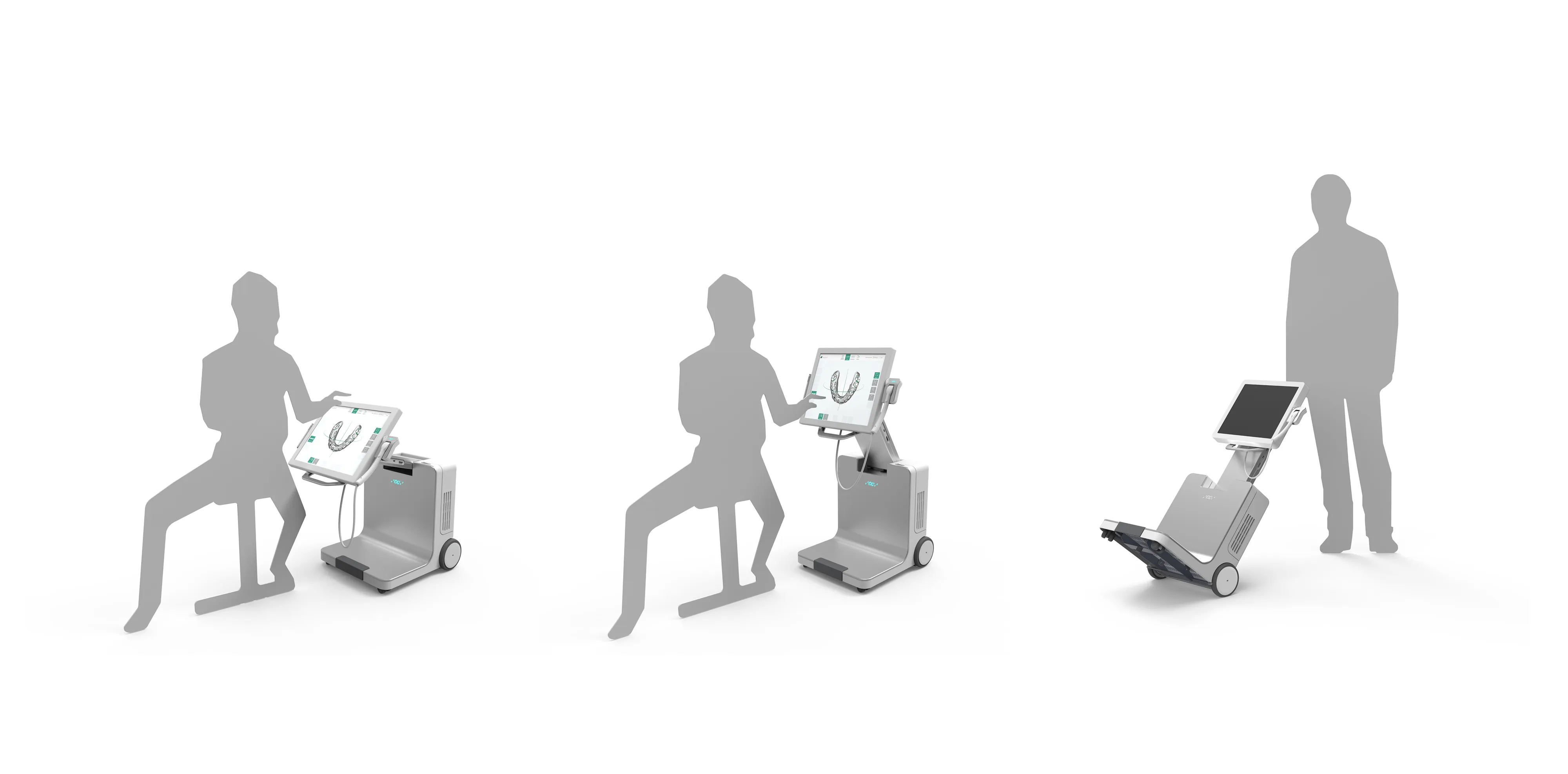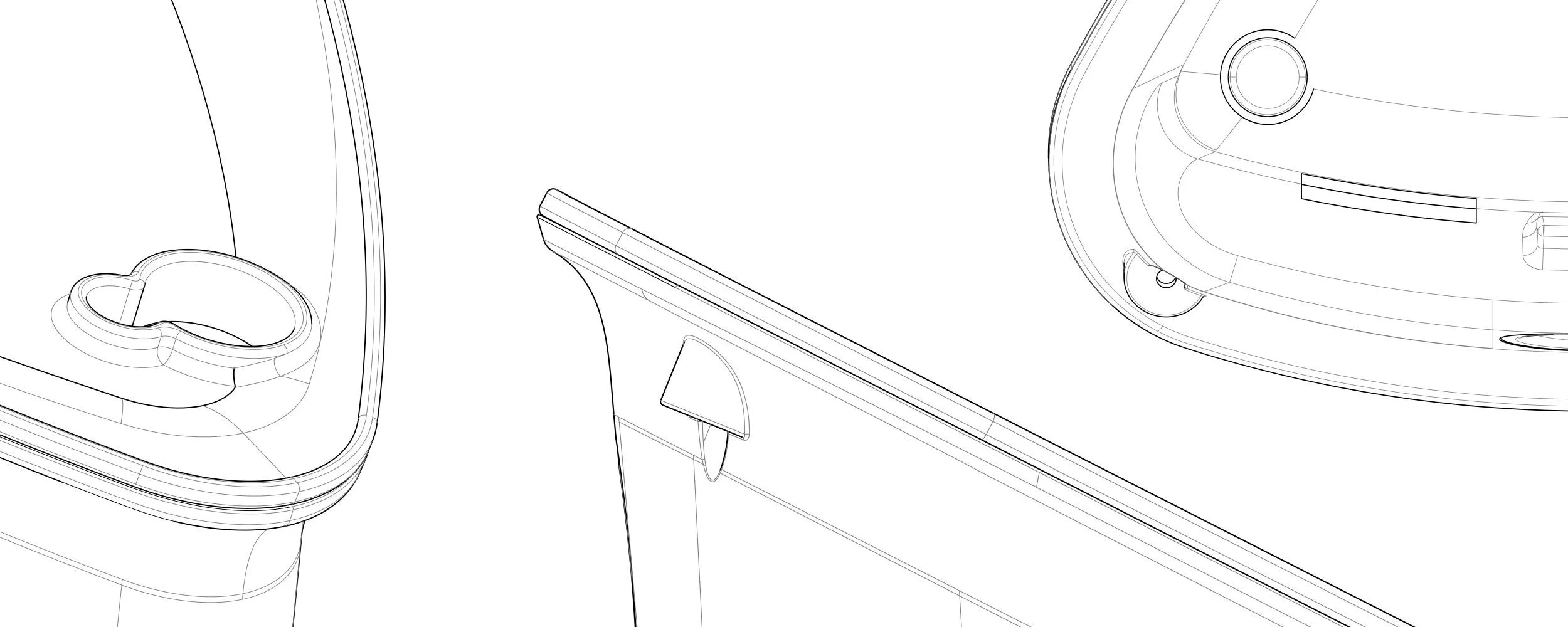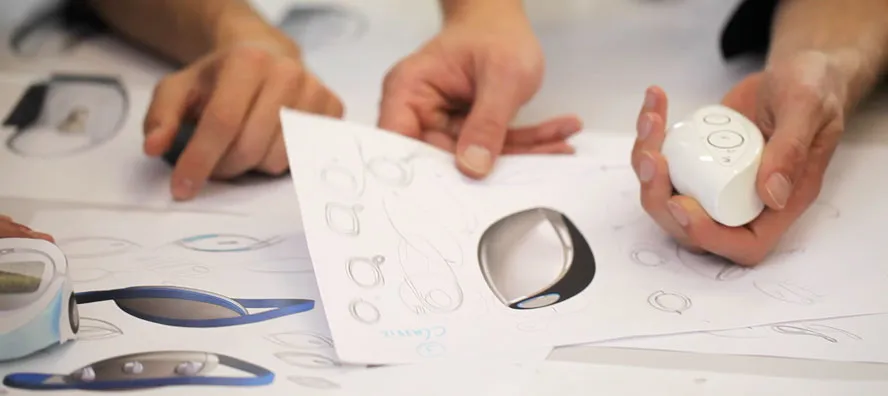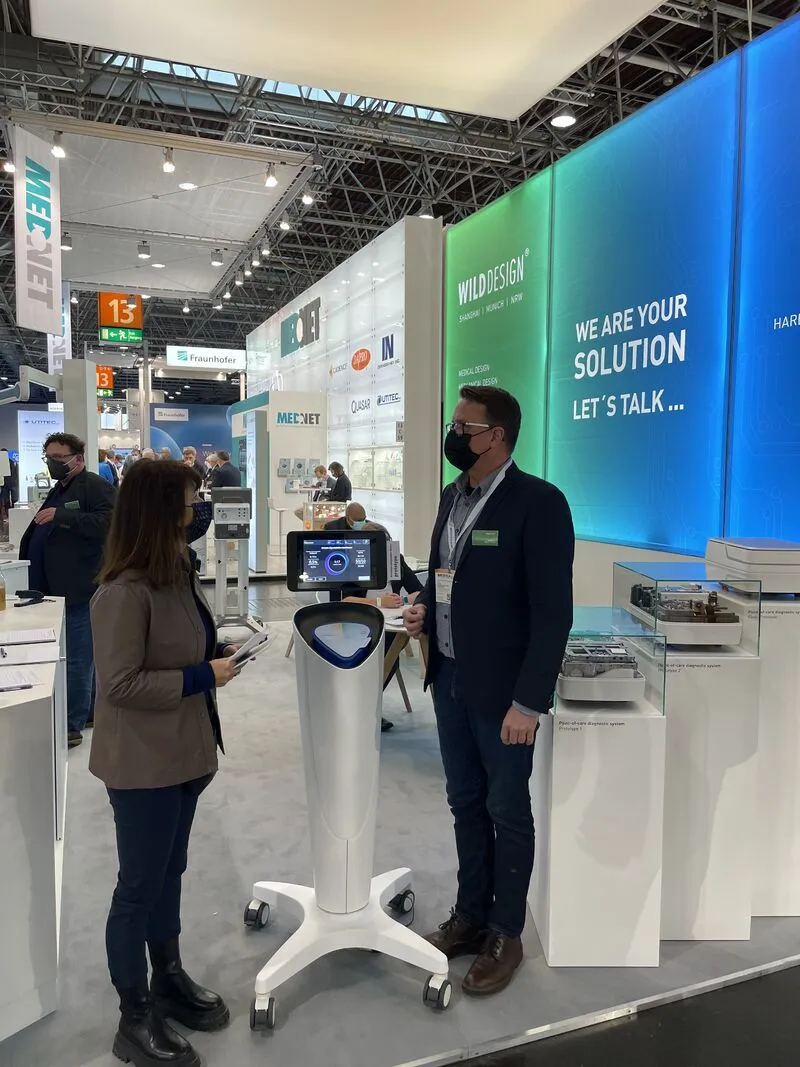Expertise
User experience design, or how do I fulfill user expectations?
Our customers are medical technology companies and therefore experts in the field of their products and know them inside out. The demand for optimum usability therefore does not come from the companies, but from the practice. End users in the hectic day-to-day work of clinics and surgeries are usually only familiar with a certain type of device. With new medical devices and products, they expect them to be intuitive, problem-free and error-free to operate and to fit into established workflows. So much for the theory! Although regular product training and studying the instructions for use are mandatory, the reality of the current staff shortages in the healthcare sector is very different. This means that not only operating errors are inevitable.
The topic of usability and UX design is therefore on everyone's lips, and not just since the triumph of touch screens and gesture control and more and more input interfaces in screen form, as we were recently able to prove in our Medical Design Trend Review 2016. The same principles apply here as everywhere else in design: make it simple, know the user's expectations and fulfill them.
Usability / GUI Design
Usability plays a central role in today's medical device development process and, as defined by ISO 9241-ll, describes the degree of fulfillment with which users achieve their goals effectively, efficiently and satisfactorily. Other important aspects are added by the user experience - it should also be a certain pleasure not only to use the product for its intended purpose, but also to have a positive experience before and after use.

Not only important in medical technology
Usability has become a "hot topic" in medical technology, but it is also an important design level for every other product. Ergonomics, the study of human dimensions, also known as "human factors", is the basis of usability. Long known and applied in occupational safety, the findings of ergonomics are more relevant than ever in the context of software development and interaction with screens. In order to ensure optimum usability for medical products, we work in accordance with the legal guidelines of DIN EN 62366. For further information, please refer to the specialist article on medical design and usability.
The web sets the standards
Visual impressions, technologies and also habits and expectations on the web are changing much faster than device technology. The control and operation of devices is increasingly shifting to the internet and networked smart end devices - and it's no longer just about remote maintenance. Apps, portals and social media applications are also finding their way into the healthcare sector. We combine our expertise in web design with our ability to design flawless operation and incorporate these synergies into your projects.
Design and ergonomics used to collide
The modern understanding of medical device development - and therefore the basis of our work - integrates industrial and interaction design and ergonomics into the usability engineering process. Today, good products must be convincing in all respects. We combine both ways of thinking, design and ergonomics, to produce a result that supports the user, makes them happy and helps them reach their goal more quickly.
Product services
- INDUSTRIAL DESIGN
- USABILITY / GUI DESIGN
- DESIGN-ENGINEERING
- PROTOTYPING
- MEDICAL DESIGN
- MEDICAL DESIGN PROCESS
Case Studies Usability
Performance models for usability design
1st analysis phase
At the beginning, the context of use is examined and the so-called use scenarios are analyzed, wherever possible on site. We observe and ask what is important, what can be omitted or simplified. The documents to be created are the use specification and the use scenarios.
2. user interface specification
After defining the requirements, the information architecture and interaction concepts are designed. The processes are visualized and developed using simple means, such as paper prototypes. Individual screens are optimized and the application is set up as a simulation (e.g. as a click dummy).
3rd design phase
After the user interface specification, the individual stages of operation and the interaction between screen elements and hardware elements are refined. Embedded in the design phase, various generations of prototypes are iteratively developed and tested (so-called formative tests).
4. implementation and test
Thefinalized usability prototypes and data are handed over to the hardware and software developers, who implement them ready for series production. Depending on the applicable regulatory framework (FDA, SFDA, CE), the actual usability must then be independently tested and verified in summative tests. (validation)
News & Links on Usability & GUI Design
-> Developing medical devices correctly - with usability and design (article in MTD)
-> MEDICAL DESIGN TREND UPDATE 2018
-> Ambient Assisted Living - buzzword or future trend?
-> The 24 design factors - our methodology for successful briefings.
Frequently asked questions





